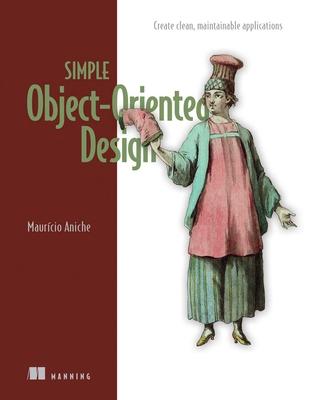- Making code readable and documented
- Improving consistency and encapsulation
- Managing dependencies
- Designing abstractions
- Handling infrastructure
- Effective modularization
Learn what constitutes both good and bad object-oriented software design, discover how to make better trade-offs in design decisions, and when to embrace complexity over simpler data structures. With this book as your vital reference, you'll be ready to write code that will last the test of time, without slowing feature delivery to a crawl. Purchase of the print book includes a free eBook in PDF and ePub formats from Manning Publications. About the technology Even a simple object-oriented application can quickly become complex as it evolves. Each new class, method, or feature means more state and abstractions to manage, which in turn increases complexity, maintenance, and time spent detangling legacy code. It takes effort and skill to keep your codebase simple. This book shows you how. About the book Simple Object-Oriented Design: Create clean, maintainable applications presents practical design principles you can use to keep an object-oriented codebase simple as it grows and changes. Written as a collection of practical techniques you can apply in any OO language, it offers tips for concise code, managing dependencies and modules, and designing flexible abstractions. Illuminating figures, real-world examples, and insightful exercises make each principle stick. What's inside
- Writing simple, understandable classes
- Flexible abstractions to extend your designs
- Reducing the impact of coupling
2 Making code small
3 Keeping objects consistent
4 Managing dependencies
5 Designing good abstractions
6 Handling external dependencies and infrastructure
7 Achieving modularization
8 Being pragmatic
